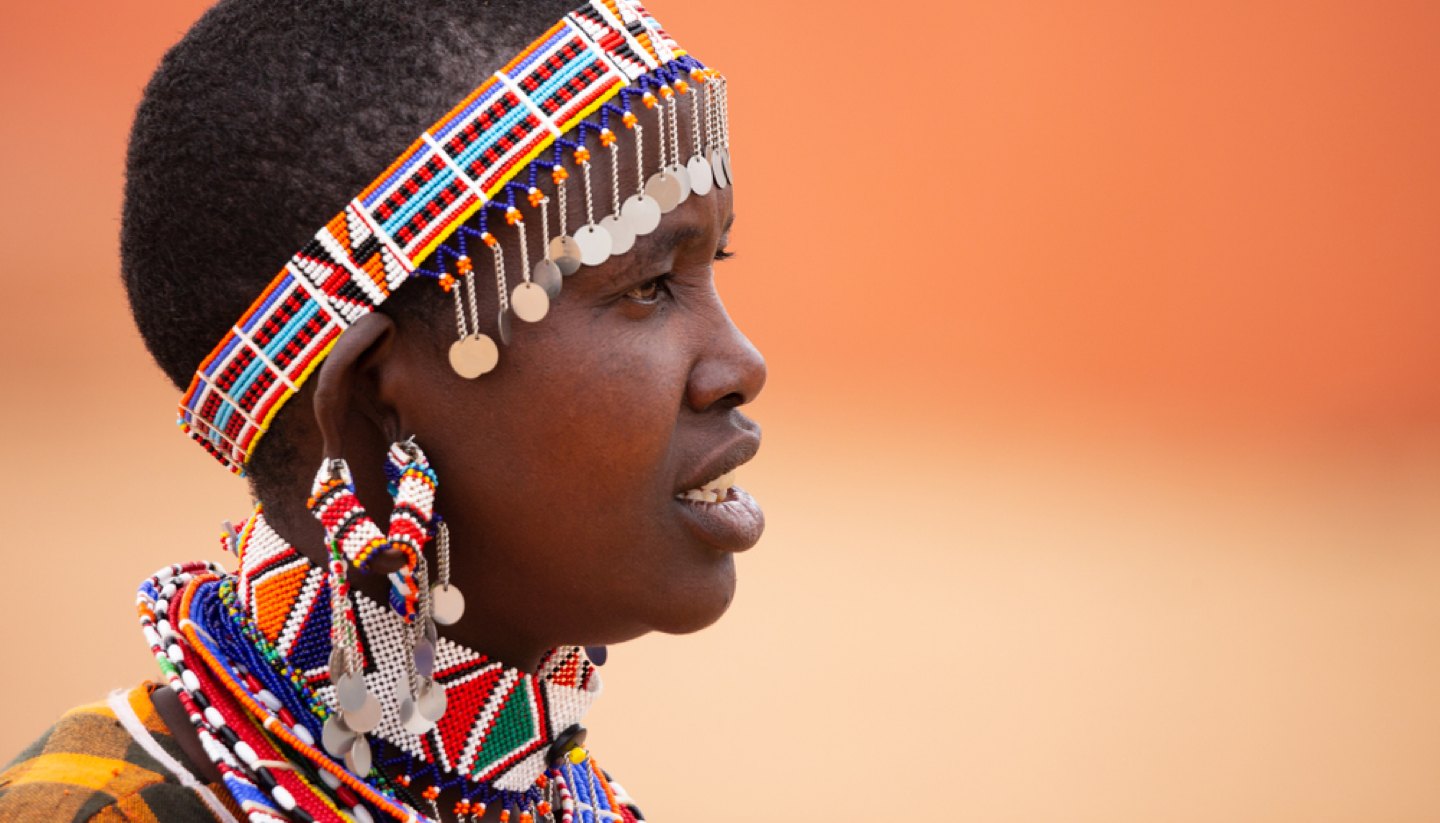Getting Around Kenya
Air
Nairobi has two airports for domestic and regional flights: Jomo Kenyatta International Airport and Wilson Airport (www.kaa.go.ke). Kenya has over 150 domestic airports and airstrips and there are daily flights to the most popular destinations. In addition to the scheduled airlines, several private charter companies operate out of Wilson Airport.
Kenya Airways (www.kenya-airways.com), Air Kenya (www.airkenya.com), Fly 540 (www.fly540.com), Mombasa Air Safari (www.mombasaairsafari.com) and Safarilink (www.flysafarilink.com) serve the most popular safari destinations, plus many others such as Lake Victoria.
Departure tax
All taxes are included in the price of an air ticket.
Air Note
On smaller, domestic planes the baggage allowance is restricted to 10-15 kg (22-33 lbs). Arrangements can be made to leave excess luggage with hotels or airlines.
Road
The road condition can vary widely in Kenya, from highways that are smooth to rocky tracks within the national parks. Beware of erosion along the sides of the road, which can result in a single lane rather than a two-way road. The roads in the north and east of Kenya tend to be worse than the roads in the south, although the conditions are improving. Common road hazards include pedestrians and livestock, as well as bandits.
Side of the road
LeftRoad Quality
While some of the major roads are in good condition, most of the minor gravel roads are rough and can deteriorate further in the rainy season. Dirt roads, including those in the parks and reserves, are extremely rough, and some are only passable with a 4-wheel drive.
Road Classification
The Kenya government classifies the roads as follows:
• Class A: International trunk roads linking Kenya with neighbouring countries.
• Class B: National trunk roads linking internationally important centres.
• Class C: Local roads linking provincially important cities or giving access to higher-class roads.
Car Hire
You can hire self-drive and chauffeur-driven cars from travel agents and international hire companies. Drivers must be at least 23-25 years of age and have a minimum of 2 years driving experience. Budget (www.budget.com) and Europcar (www.europcar.com) have outlets at Jomo Kenyatta International Airport in Nairobi. Budget also has a desk at Moi International Airport in Mombasa, while Europcar has an office in town. Car hire can be expensive and rates vary significantly, but it gives you the freedom to explore at your own pace.
Taxi
Matatus (shared minibus taxis) hop from town to town, starting and finishing at bus stations. Fares are paid to the conductor, and the matatus only leaves when full. Private taxis can also be hired for long-distance journeys.
Bike
Kenya Motorbike Hire (www.kenyamotorbikehire.com) hire out motorbikes in Nairobi. In villages, local people operate boda-bodas (bicycle or motorcycle taxis).
Hell's Gate National Park and the surrounding Naivasha Biking Trails are popular with cyclists.
Coach
Numerous private bus companies operate in Kenya, and they offer a range of levels of convenience, roadworthiness and comfort. Travelling by bus is a cheaper option compared to taking the train or flying. Services can be fast and frequent. If you travel during daylight hours, buses are a reasonably safe way to get around, and you will be safer in a bus than in matatu. Avoid showing valuable items, as petty theft on vehicles and at bus stations can be a problem.
Regulations
• Highway: 110kph (68mph)
• Urban: 50kph (31mph)
It is compulsory to wear a seatbelt.
Breakdown services
Automobile Association of Kenya (tel: +254 709 933 000/ +254 709 933 999; www.aakenya.co.ke).
Documentation
A driving licence from a home country. An International Driving Permit (IDP) is not necessary in Kenya unless your license is not in English. Rates are usually quoted without insurance, and it is mandatory to have at least third party insurance.
Urban travel
Taxis can be found in almost every town in Kenya. In bigger cities like Nairobi and Mombasa, taxis can be found at basically every street corner, as well as outside restaurants and bars. Negotiate and agree a price in advance. Tipping is not mandatory but is customary for good service.
Rail
A new high-speed train line, Madaraka Express Railway, connecting Nairobi and Mombasa was launched in 2017, and takes 4.5 hours. This is a cheaper, faster and much safer option than taking the bus. The service also stops in Mtito Andei and Voi.
There are two classes on Kenyan trains which differ in terms of comfort and price. There are booking offices at the train stations in Nairobi and Mombasa, or tickets can be purchased online (metickets.krc.co.ke). The railway connecting Nairobi to Kampala (Uganda) via Kisumu is no longer operational, but it's possible that services may resume at some point.
Water
There is a ferry service between Mombasa Island, a coral outcrop on Kenya's coast along the Indian Ocean, and the mainland. Visit the Kenya Ferry website (www.kenyaferry.co.ke) for more information.


